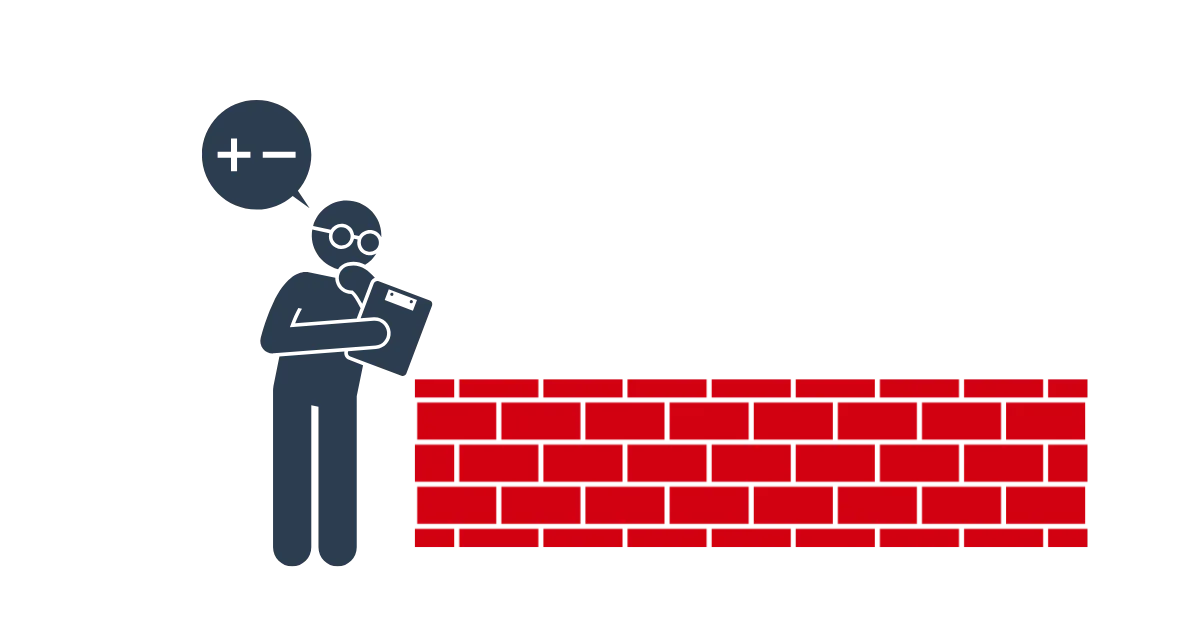How to Accurately Estimate Bricks for Any Project
Getting your brick calculations right saves time, money, and frustration. Whether you’re building a wall, patio, or entire structure, knowing exactly how many bricks you need prevents last-minute shortages or costly excess. This guide explains simple and advanced methods for brick estimation, including manual calculations and online tools.
Basic Brick Calculation Methods
You can calculate brick requirements in two ways: manually or using an online calculator.
The manual method works best for small projects where you want precise control. Online calculators help when you need quick estimates or have complex layouts. Both methods require the same basic information: wall dimensions, brick size, and mortar thickness.
Brick Wall Calculation (Step-by-Step)
Follow these steps to calculate bricks for a wall:
To calculate total bricks formula:
(Wall area ÷ (Brick length + mortar) × (Brick height + mortar)) × 1.05 (for 5% wastage)
For our example wall:
(80 ÷ (0.79 × 0.41)) × 1.05 ≈ 260 bricks
Brick Work Calculation
Brick work includes both materials and labor. While quantity calculations focus on brick numbers, work calculations also consider:
Brick Quantity for Different Projects
Requirements vary by project type:
Always verify brick sizes since manufacturers may have slight variations.
Advanced: 1m³ Brick Calculation
For large projects measured in cubic meters:
This gives approximately 500 bricks per 1m³ accounting for mortar.
Mortar Calculation
Mortar requirements depend on:
A general estimate is 0.3-0.4 cubic feet of mortar per 100 bricks.
Masonry and Load Calculations
For structural walls:
Use Type S mortar for load-bearing walls and Type N for non-structural applications.
Common Mistakes to Avoid
Your Brick Calculation Questions Answered
Conclusion
Accurate brick calculations prevent material shortages and budget overruns. For simple projects, manual calculations work well. Complex jobs benefit from online calculators. Always double-check measurements and add extra bricks for wastage. Bookmark this guide for future reference, and also try our brick calculator for instant estimates.
May you also Read these brick paver estimation guide and how many bricks per square foot

